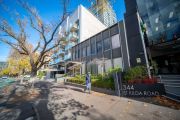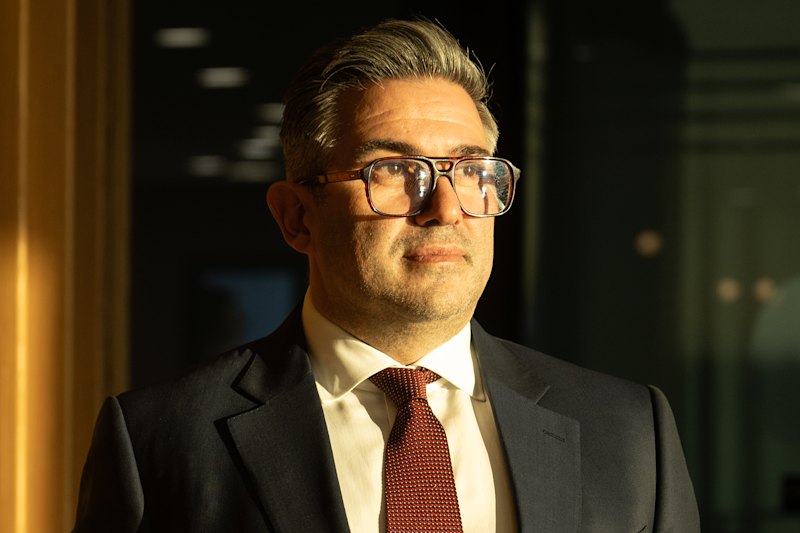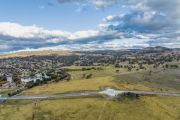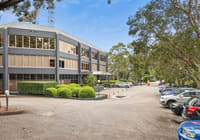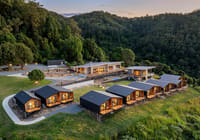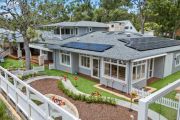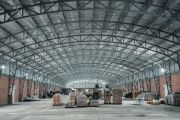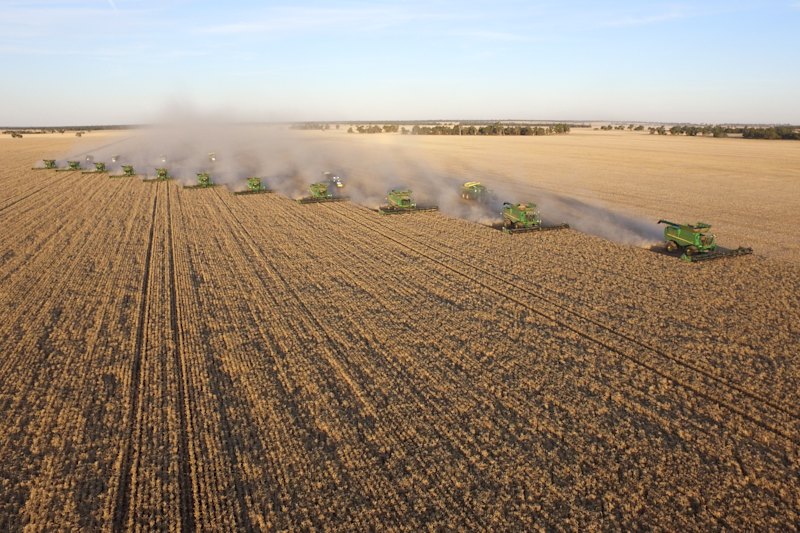
High-end retail flies through economic turbulence
Australia’s retail market is still picking up the pieces in the aftermath of the pandemic and now it’s gearing up for more economic headwinds. But there is one section of the retail market that has brushed off the turbulence: high-end brands.
Luxury retailers are looking set to sail through the nation’s current cost of living crisis and interest rate rises.
“Luxury retail is trading phenomenally well, pre-COVID numbers, and certainly traded really, really well through COVID as well,” says Knight Frank director retail leasing Adam Tyler.
“Some people are struggling to pay their rent while others are going out and buying $10,000 handbags,” he says. “The rich are getting richer and the poor are getting poorer, I think.”
Demand from luxury retailers is healthy across Sydney’s CBD and south-east Queensland’s high-end tourism hubs. This is despite increased construction costs pushing up fit-out costs, says Colliers head of retail leasing Michael Tuck.
“Fitouts for more upmarket stores in Sydney can be averaged around $5000 to $8000 per square metre, while luxury and flagship fitouts can easily reach $15,000 to $20,000 per square metre or more,” he says.
This ensures “these stores are well positioned to take advantage of one of the wealthiest national demographics globally”.
Global luxury retailer Ralph Lauren opened its multilevel flagship store on the corner of King and Pitt streets in Sydney’s CBD this year. Shortly after, adidas and NBA opened on High Street just metres away from Ralph Lauren.
However, there is limited space for new developments within the Sydney and Melbourne CBDs, so rental growth will continue as demand outpaces supply. Retailers are now looking to office towers for new digs.
“Retail is becoming more and more important for that office amenity and holistic delivery of the asset,” Tuck says.
“It could be a bar or maybe even some health and wellness offerings.”
He says owners and operators are trying to think outside the box when building or refurbishing office towers, adding: “How do they attract people back to the office and make it like a holistic experience in that asset.”
Tuck also expects more luxury brands to set up shop in the two capital cities.
“I’m currently working with several global brands who are targeting Australia for the opportunities that come with healthy population growth prospects outpacing many advanced economies, relative economic stability, and high levels of median wealth,” he says.
It comes off the back of a global trend that has seen major prestige brands open in iconic locations, says Colliers associate director of research Nik Potter.
“Globally, there is a renaissance of flagship stores, with HMV returning to their iconic Oxford Street site in London as part of a reframed business model capturing customers seeking experience-based retail,” he says.
“In New York, Tiffany & Co. have also reopened their flagship store on the corner of Fifth Avenue and East 57th Street, with a renovation suitable for one of New York’s most iconic shopping districts – the product of billions in capital investment.”
However, other brands are more vulnerable to the downturn in consumer spending caused by rising costs of living and the large percentage of fixed-rate mortgages due for renewal this year.
It may have dealt a fresh set of blows to retail markets, but industry experts say investors are hanging tough.
Rents across all sub-sectors remained stable in the three months to June 2023, with JLL’s Retail Market Overview reporting CBD rents dropped slightly by 0.5 per cent over the quarter. Other indicators showed market conditions softening, with monthly retail turnover in June 2023 falling thanks to weak spending levels on EOFY sales and transaction volumes totalling $993 million, which is the lowest quarterly sales volume since mid-2020 when only $927 million was transacted.
The national regional weighted average yield is stable at 5.7 per cent with large shopping centres performing most strongly, followed by CBD, neighbourhood and regional markets.
National vacancy rates dipped to 6.2 per cent – the lowest level since late 2019, although still much higher than the 10-year average.
Suburban shopping centres are building on the success they experienced during the pandemic when people turned to their local retailers.
A report into Melbourne’s strip shopping hubs by Fitzroys found specialty vacancies reduced by 0.5 percentage points to 6.2 per cent with specialty retail tenants being the major mover – up by 2.5 points to 33.4 per cent.
But overall, conditions are expected to pick up as business confidence improves. The Retail Property Operators in Australia report by research firm IBISWorld expects the market to recover well as inflationary pressures ease.
“Positive business confidence supports retail property construction and investment, which improves supply for retail property operators,” the report states. “Rises in the supply of properties are set to boost incomes for retail property operators, with more tenants improving income streams.”
